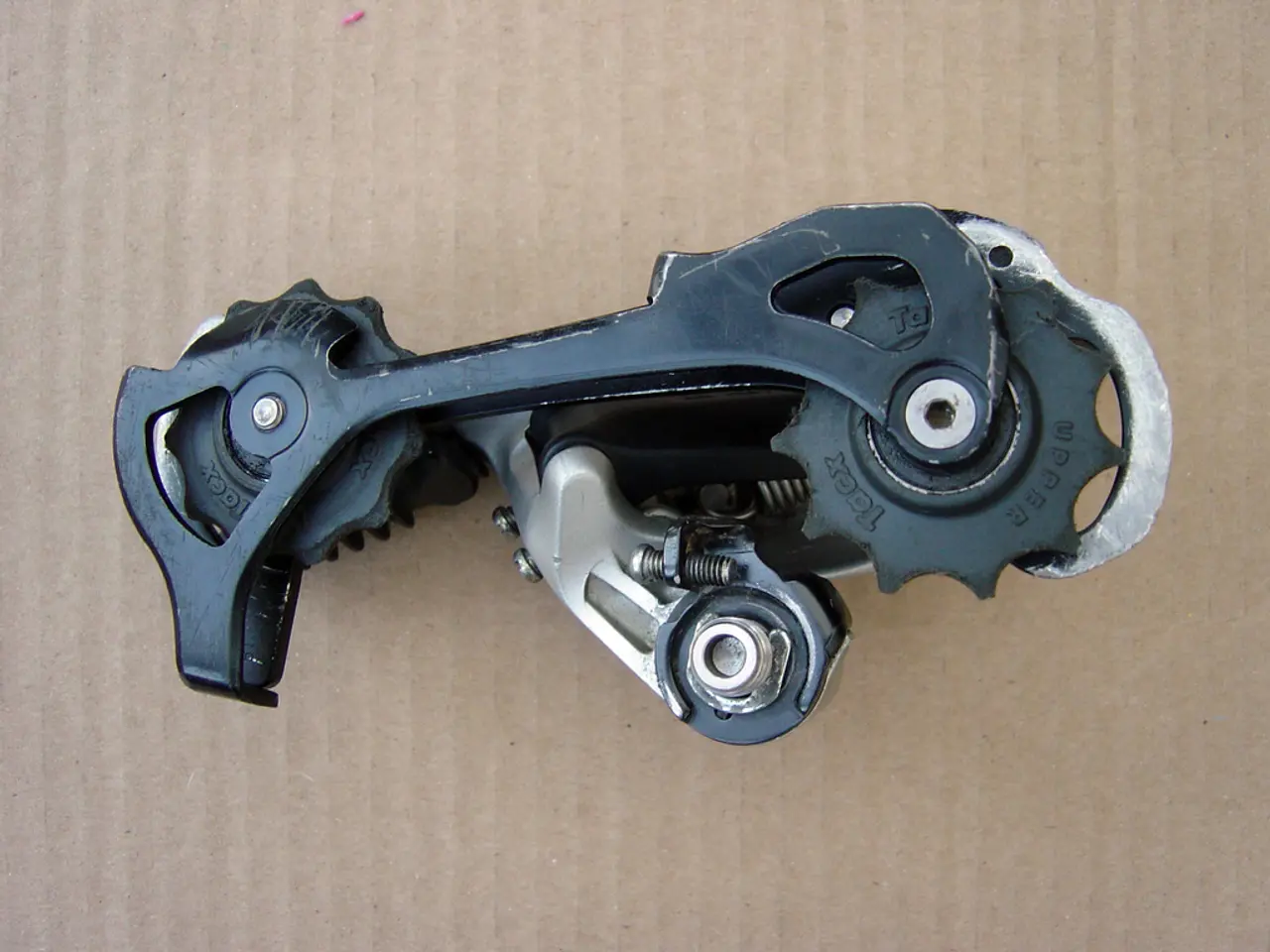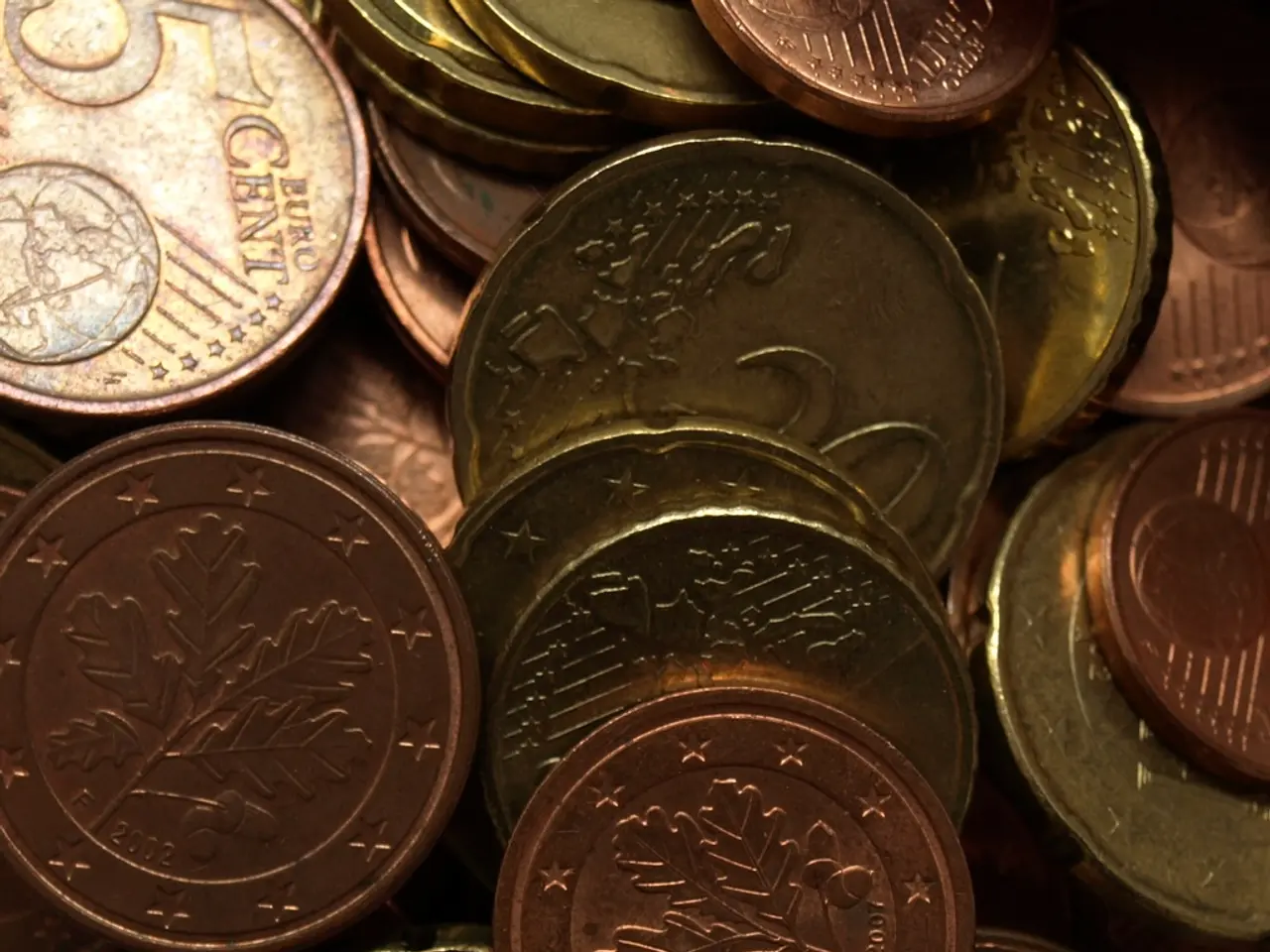Clock movement servicing for a Sawin banjo encountered problems post-installation, with two complications arising subsequently.
For those with an interest in American horology, the John Sawin 1840 banjo clock is a significant piece worth exploring. Here's a guide to help you identify key features, assess its value, and understand potential issues.
### Identifying Features
1. **Maker's Signature**: The signature or mark of John Sawin should be present, engraved or painted on the clock's face or movement. 2. **Design and Style**: Banjo clocks are characterised by their long, slender bodies with a circular clock face at the top and a pendulum at the bottom. They often have a distinctive "banjo" or lyre-shaped support at the top. 3. **Age and Condition**: Look for signs of age, such as patina, wear, or restoration, on the materials and craftsmanship. 4. **Mechanism**: The mechanism should be mechanical, with a weight-driven or spring-driven escapement.
### Assessing Value
1. **Rarity and Provenance**: The rarity and historical provenance of a John Sawin banjo clock can significantly impact its value. Provenance refers to the clock's ownership history, which can include documentation linking it to notable individuals or collections. 2. **Condition**: The clock's condition is crucial. A fully functional clock with minimal restoration is more valuable than one that requires significant repair. 3. **Market Demand**: The demand for early American clocks, particularly those from well-known makers like John Sawin, can drive up their value. 4. **Appraisal and Expert Opinion**: Consult a professional clock appraiser or historian for a detailed assessment of the clock's condition, authenticity, and market value.
### Potential Value Range
The value of a John Sawin banjo clock can vary widely based on the factors mentioned above. Restored or well-preserved examples from the early 19th century might be valued in the range of several thousand dollars to tens of thousands of dollars. However, without specific details about the clock's condition and provenance, it's difficult to provide a precise estimate.
### Additional Steps
- **Research**: Look for historical records or literature that mention John Sawin and his work. - **Consult Experts**: Reach out to antique dealers, clock collectors, or museums that specialise in horology for further guidance. - **Conservation**: If the clock is in poor condition, consider consulting a professional restorer to preserve its integrity.
### Common Issues
- The dial glass may have been replaced with flat glass. - The weight cable might be too short, causing the clock to stop running after six days instead of eight. - Finding a banjo clock for $75 is unusual. - The movement may have wear consistent with its age, but the gear teeth and pinions are in good condition. Punch marks around the pivot holes are a concern. - The movement and case construction of the clock resemble a Willard timepiece, as John Sawin apprenticed under Simon Willard and was a journeyman under Aaron Willard. - The weight cable may have been cleaned in an ultrasonic. - The weight cable's shortening is unexplained. - The clock's hour hand is loose. - The suspension spring's bending is a result of leaving the pendulum assembly on the movement during transport. - The clock's keystone may rub against the dial face due to a bent suspension spring. - The clock may have been made by John Sawin of Boston. - The federal-style banjo clock was made in the 1840s. - The clock is an unmarked circa 1840s banjo clock, possibly made by John Sawin of Boston.
In the realm of vintage clocks, it would be intriguing to investigate the potential integration of a restored John Sawin banjo clock into a smart-home-devices network, blending the charm of the past with the technology of the present. Due diligence should also be given to the collection of gadgets, such as smartphones and laptops, that could aid in researching the history and value of such a unique piece.




